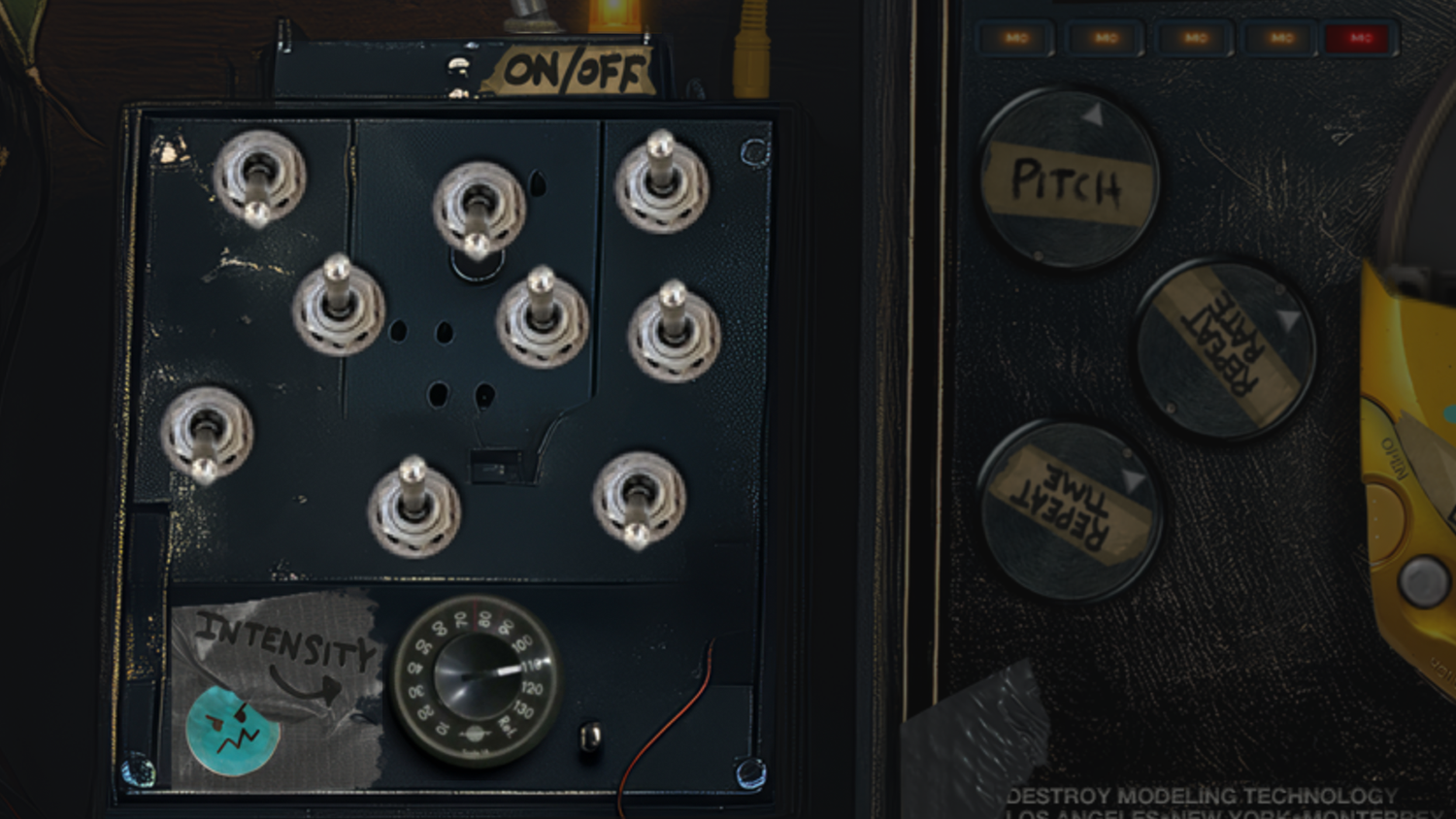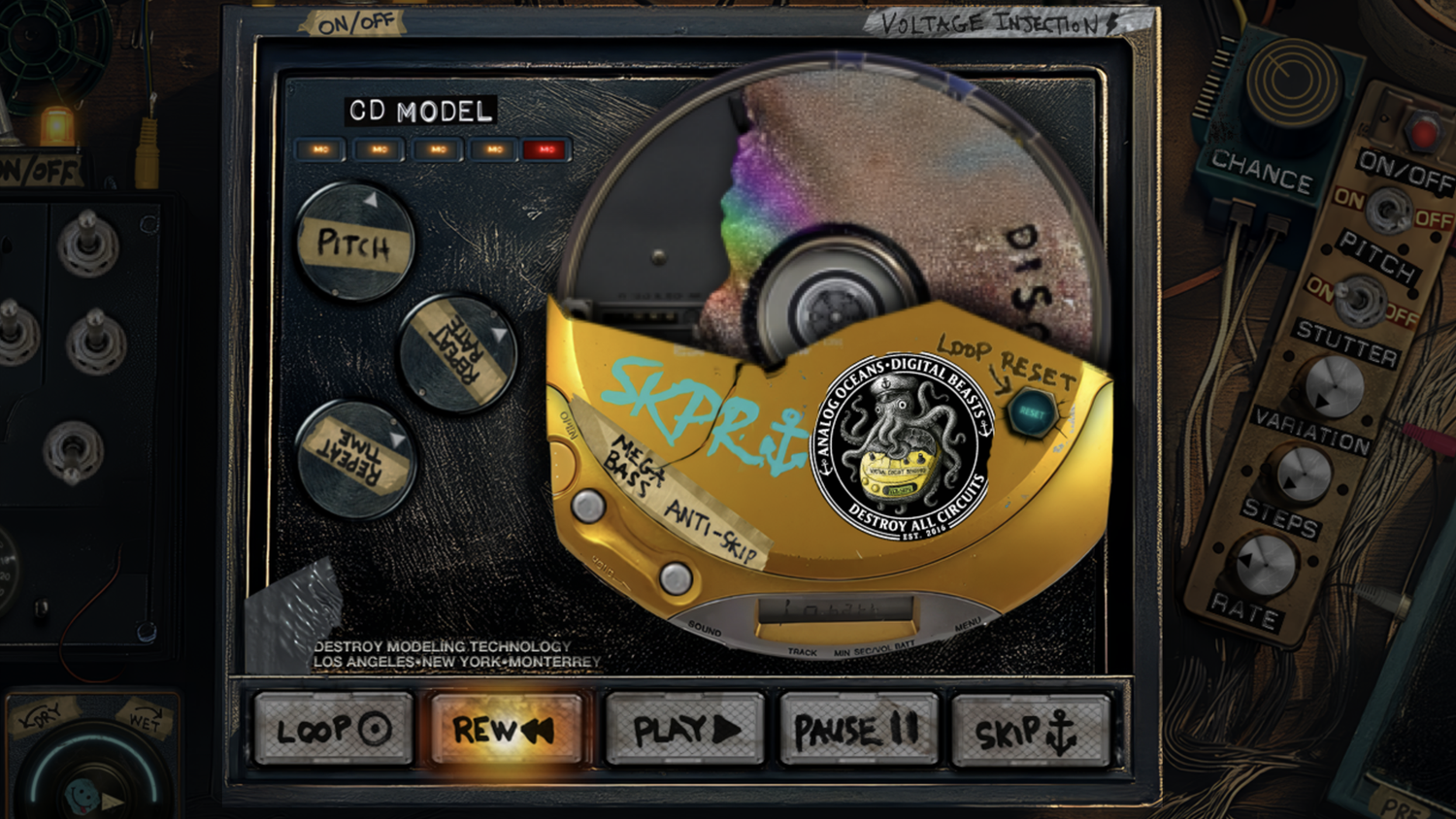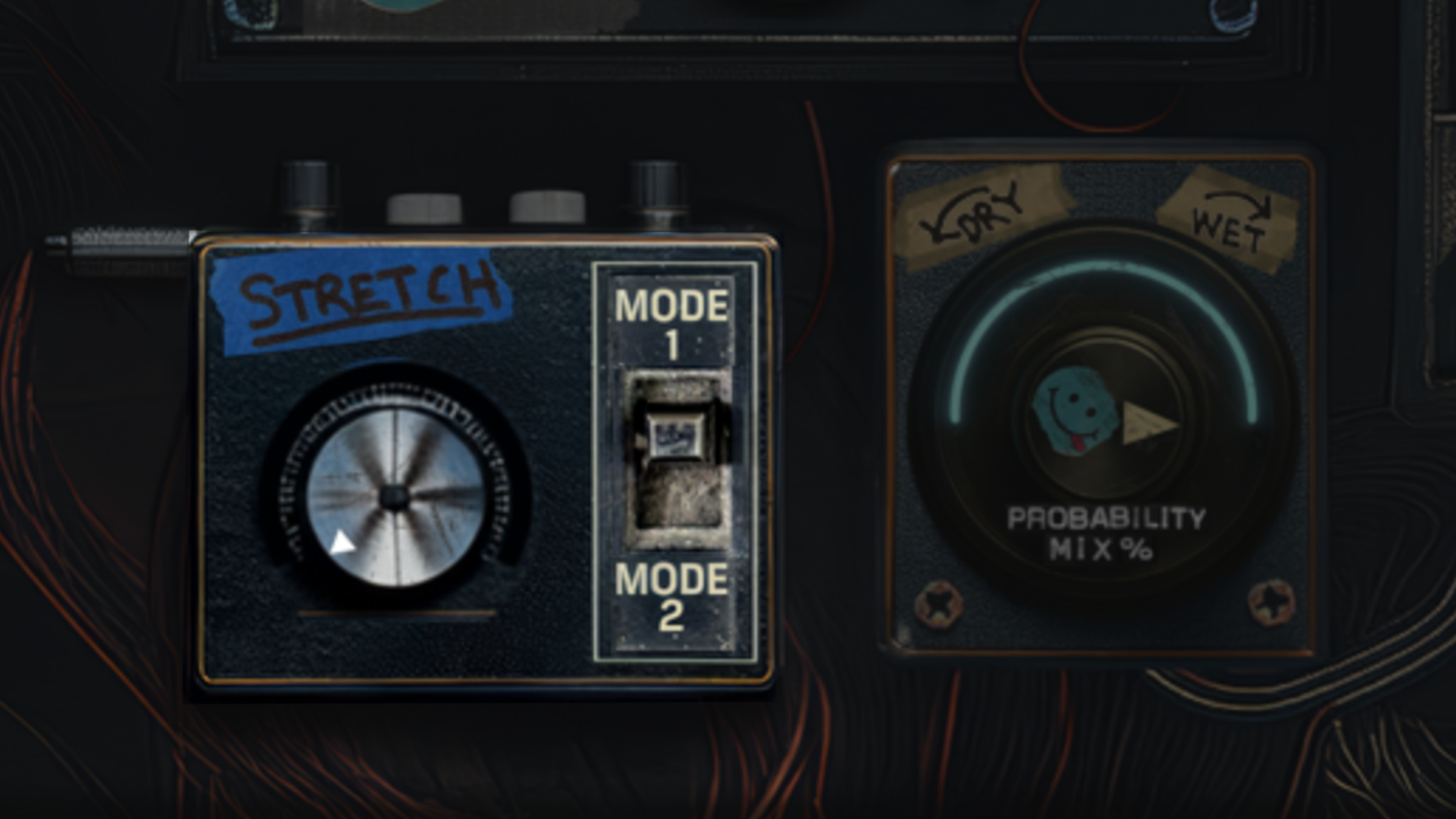
Dearest Fellow Destructors,
Destroy All Circuits is an independent audio effects company born and bred in Los Angeles.
Our mission is to destroy the fabric of your reality. To open the portals of your full potential though chaos. We aim to find the in-betweens of your ones and zeros. To find the beauty in your broken.
It is our solemn pledge to never ever ever release normal warm fuzzy baby blanket programs, plugins and instruments That is just not us. There are many awesome companies that already do that well.
This is not a preset world after all….or is it?
Now lets start destroying!
With love,
The Destroy Team
Subscribe to Destroy All Circuits


Module 3: Virtual Circuit Bending (VCB)

Module 1: CD Skipper Core Engine

